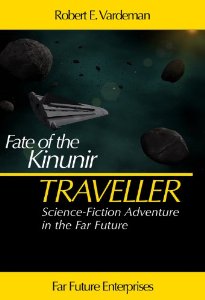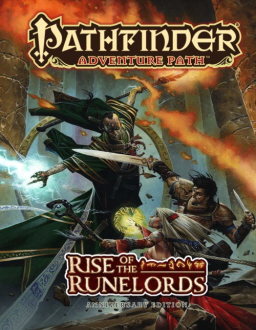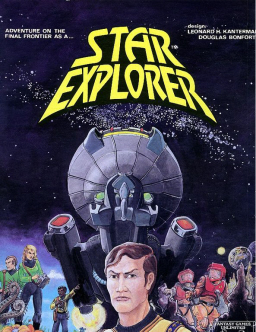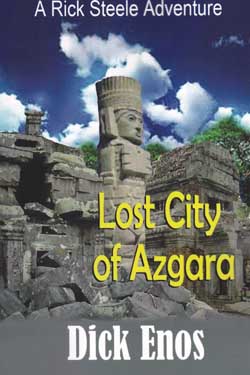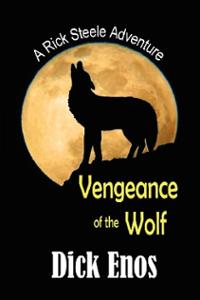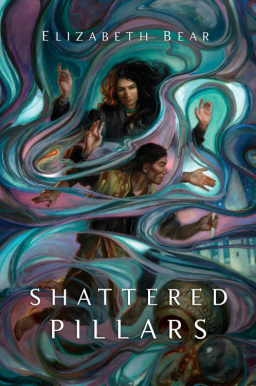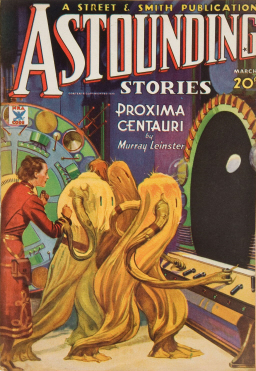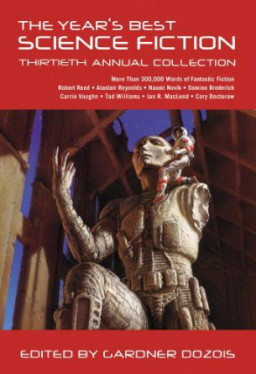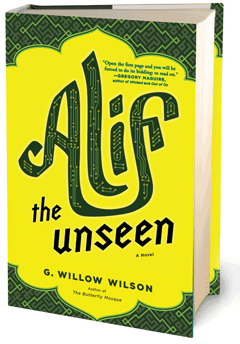The Exploding World of Castles and Crusades
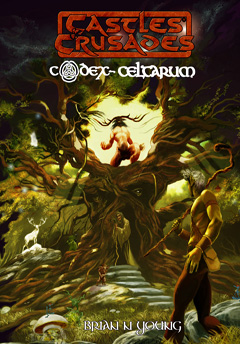 I was disappointed I wasn’t able to go to GenCon this week. Although I’ve been enjoying Howard Andrew Jones’s sporadic updates on Facebook, and looking forward to a detailed report when he gets back.
I was disappointed I wasn’t able to go to GenCon this week. Although I’ve been enjoying Howard Andrew Jones’s sporadic updates on Facebook, and looking forward to a detailed report when he gets back.
In the meantime, I’ve been consoling myself with memories of my last game convention, Gary Con V in March. I wrote up a detailed report on Gary Con IV last year, but just didn’t have time to do it justice with a full length write-up this year. But I sure enjoyed the few hours I was able to spend there. The highlight for me, as usual, was the Dealer’s Room, which gets bigger and more varied every year.
I was pleased to be able to say hello to Kelsey “Rose” Jones at the Games By Gamers booth, makers of the world’s best dice bags, and tell her how much I enjoyed her work. And buy a new bag for my daughter, who complained that the ones I brought home last year were “covered in skulls and icky stuff, and not pretty. At all.” She was right, and this time I got her a nice bag with a fall color print, which made her extremely happy.
I was also very pleased to finally meet Jeffrey Talanian and Ian Baggley — the writer and artist behind the terrific Astonishing Swordsmen & Sorcerers of Hyperborea, which I reviewed last December — and buy a copy of the hot-of-the-press first issue of Gygax Magazine. I also met the friendly folks at Faster Monkey Games, and bought a copy of Castle Ravenloft from the Noble Knight Games booth, which was stocked with a wonderful assortment of new and collectible games in great condition — and at great prices.
But my most impressive stop was at Stephen Chenault’s Troll Lord booth, where I was astounded at the wide range of new Castles & Crusades titles. I had a nice talk with Stephen and left feeling very jazzed about the exciting things in store for Old School Renaissance fans.
